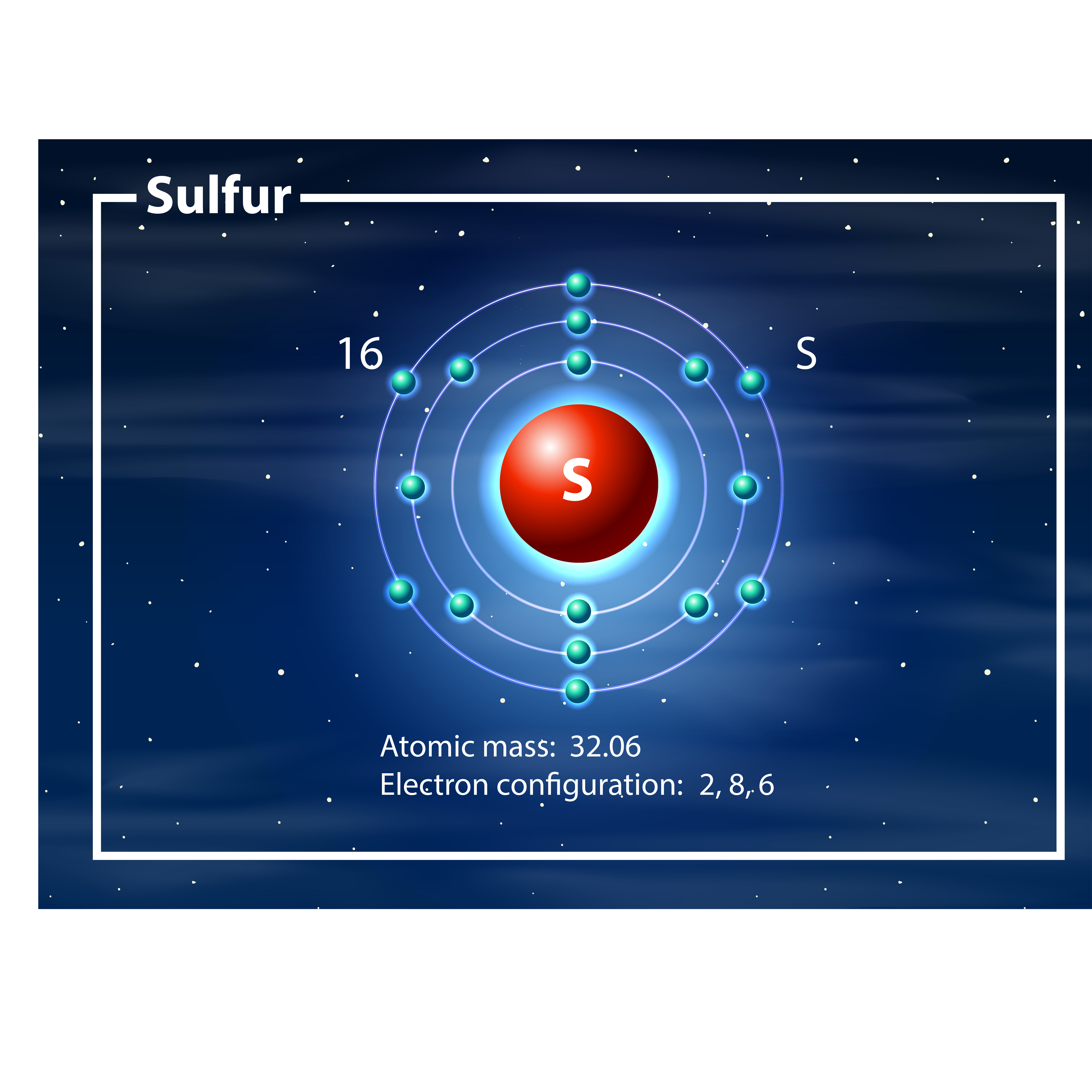


Kugel and Taube give a discussion of the synthesis and characterization of the monomeric. also reported IR bands at 1,442 and 1,272 cm −1, which they attribute to. McKee considered several structures for the species and predicted that the lowest-energy structure is to have a three-membered SOO ring and symmetry. Sulfur tetraoxide as an interesting atmospheric compound is potentially relevant to atmospheric chemistry. Among these species, the sulfur dioxide molecule plays an important role in the atmospheric formation of sulfuric acid. The sixteen molecular species of type (, ,, , etc.) have been detected experimentally. Sulfur has long been recognized as an important constituent of atmospheric aerosols and sulfur compounds are major pollutants of the environment. On the other hand, processes such as volcanic eruptions, biogenic activity, and fossil fuel combustion all contribute to the emission of sulfur gases into the atmosphere. The existence of O 4 was further confirmed in some other theoretical and experimental research. In summary, theoretical calculations have predicted the existence of metastable O 4 molecules with two different shapes: cyclobutane and trigonal planar similar to boron trifluoride. Peterka present rotationally resolved photoionization spectra, photoelectron spectra, and ab initio calculations for providing strong evidence for the identity of this species as a novel complex between a ground state molecule and one excited state. In addition, surface crossings between singlet and triplet states were found and further characterized by evaluating their spin-orbit coupling matrix elements. Obtained results provided a solid basis to establish the stability of the O 4 chemically bound molecule. An ab initio calculation has been done on the ground and low-lying electronic states of O 4 along the minimum energy to explain the reactivity and electronic state of tetraoxygen. In addition, dissociation of cyclostructure O 4 molecule is investigated by Seidl and Schaefer based on new high-energy materials. predicted a cyclostructure for O 4 molecule with the bond length of 1.437 Å. A central atom and three equivalent ligand atoms characterized it, which can exist in metastable form. Then, Røeggn and Nilssen (1989) have shown a branch form of O 4 analogues with the stable isoelectronic molecules and OO 3. (1980) predicted the existence of metastable covalent O 4 molecule completely different from the van der Waals structure of O 2–O 2 molecule which was experimentally detected. In theoretical approach, Adamantides et al. defined a long-predicted covalent forms, either cyclic,, or pinwheel,, structures. described 1 : 1 (or 1+1) resonant photoionization spectra of an energetic metastable O 4 species produced in a dc discharge. The metastable structure of O 4 molecule has been recently observed in mass spectroscopy experiments by Cacace et al. The kinetic energy release and the nature of dissociation have been investigated using electronic excited state. In addition, Helm and Walter, are observed formation of O 4 molecules when electron transferred to form of. They suggested the existence of O 4 molecule as van der Waals complex. The first experimental study of molecular oxygen by using spectroscopic method came back to Arnold and coworker’s research. Since its discovery, O 4 has been a subject of interest from both experimental and theoretical point of views.

Interest in tetraoxygen molecules dates to a 1924 by Lewis since then, studies of O 4 known as “oxozone” have enjoyed a long history of investigation. Tetraoxygen is typically an unstable, rare, nonmagnetic pale blue gas.
#SULFUR ATOM FREE#
The oxygen atom exists naturally in four basic forms including free atomic particle, diatomic oxygen O 2, ozone O 3, and tetraoxygen O 4. Because P1 adduct is produced after passing two low energy level transition states, kinetically, it is the most favorable adduct in the 1S+ 1O 4 ( ) atmospheric reactions. The results reveal that the product P3 is spontaneous and exothermic with −188.042 and −179.147 kcal/mol in Gibbs free energy and enthalpy of reaction, respectively. For the title reaction, we obtained four kinds of products at the B3LYP level, which have enough thermodynamic stability. One stable complex has been found for the S+O 4 ( ) reaction, IN1, on the singlet potential energy surface. The mechanism of S+O 4 ( ) reaction has been investigated at the B3LYP/6-311+G(3df) and CCSD levels on the singlet potential energy surface.


 0 kommentar(er)
0 kommentar(er)
